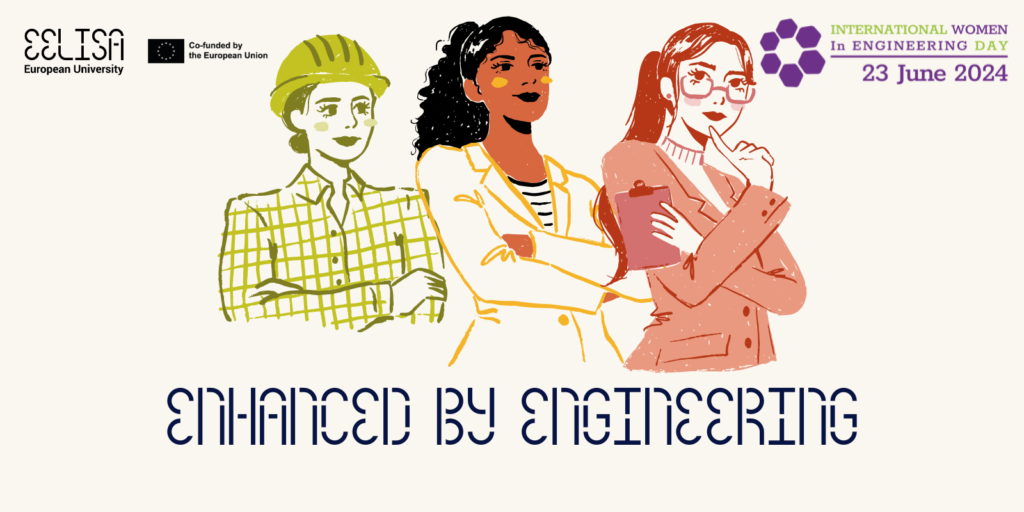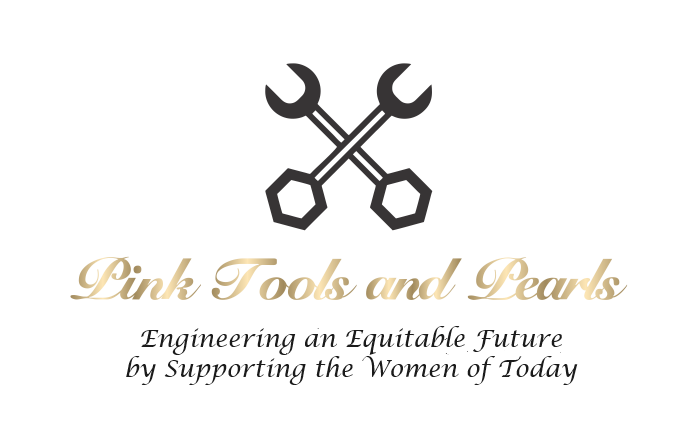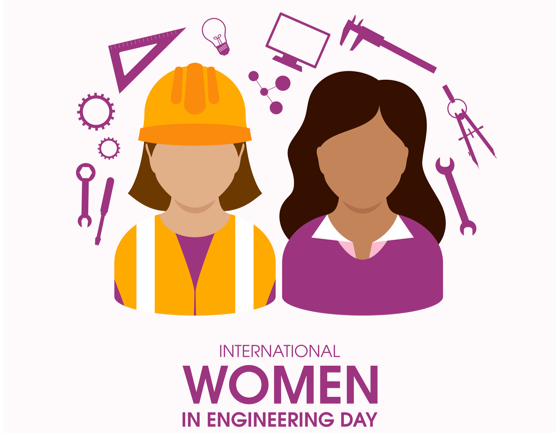International Women in Engineering Day (INWED) 2024 provides us with a valuable opportunity to reflect on the status of women in engineering within the United States. As we celebrate the accomplishments of women in this field, it’s also crucial to examine where we stand regarding women’s population, attrition, and retention in engineering.

Current Status of Women in Engineering
Population
In the United States, women make up approximately 14% of the engineering workforce. This percentage, while still lower than we would like, reflects a steady increase from previous decades, thanks to concerted efforts to promote STEM (Science, Technology, Engineering, and Mathematics) education among girls and young women. Educational initiatives, mentorship programs, and scholarships specifically targeting female students have contributed to this positive trend.
Attrition and Retention
Despite the growing number of women entering engineering, attrition remains a significant challenge. Studies indicate that nearly 40% of women who earn engineering degrees either leave the field or never enter it. The reasons for this attrition are multifaceted and include:
- Workplace Culture: A lack of inclusive culture and persistent gender biases can make engineering environments unwelcoming for women.
- Work-Life Balance: Engineering careers often demand long hours and high levels of dedication, which can clash with personal and family responsibilities.
- Career Advancement: Women frequently face barriers to advancement, such as limited access to leadership roles and fewer opportunities for professional development.
Improvements in Women’s Career Advancements
Leadership Roles
In recent years, there has been a noticeable improvement in the number of women in leadership positions within engineering. Companies are increasingly recognizing the value of diverse leadership teams and are making concerted efforts to promote women into executive roles. This shift is partly driven by research demonstrating that diverse teams are more innovative and effective.
Mentorship and Sponsorship
Mentorship and sponsorship programs have gained traction as vital tools for supporting women’s career advancement. These programs pair less experienced women engineers with seasoned professionals who can provide guidance, advocate for them, and help navigate the challenges of the field. The presence of role models and allies has a significant impact on retention and career progression.
Work-Life Balance
Flexible Work Arrangements
The push for better work-life balance has led to more flexible work arrangements in the engineering sector. Remote work, flexible hours, and job-sharing opportunities are becoming more common, allowing women engineers to balance their professional and personal lives more effectively. This flexibility is particularly beneficial for those with caregiving responsibilities.
Parental Leave Policies
Improved parental leave policies have also contributed to better retention rates among women engineers. Companies that offer generous maternity and paternity leave, along with support for returning to work, create a more supportive environment for new parents. These policies not only help retain women in engineering but also promote gender equality in the workplace.
Reasons to Stay in Engineering
Impactful Work
Engineering offers women the opportunity to engage in impactful work that solves real-world problems. Whether it’s developing sustainable technologies, improving healthcare systems, or advancing space exploration, the potential to make a difference is a compelling reason to stay in the field.
Financial Stability
Engineering careers are typically well-compensated, providing financial stability and independence. The prospect of a lucrative career can be a strong motivator for women to remain in the field, especially when combined with opportunities for advancement and professional growth.
Supportive Networks
The growing number of women in engineering has led to the formation of supportive networks and communities. Organizations like the Society of Women Engineers (SWE) and Women in Engineering ProActive Network (WEPAN) offer resources, networking opportunities, and advocacy efforts to support women in the field.
Conclusion
It’s essential to recognize both the progress made and the challenges that remain in promoting gender diversity in engineering. By continuing to support women’s career advancements, improving work-life balance, and creating inclusive workplace cultures, we can further reduce attrition and enhance retention. The future of engineering is brighter with the full participation of women, and we must remain committed to fostering an environment where all engineers can thrive.
Happy (belated) INWED 2024 to all the amazing women engineers out there – your contributions are invaluable, and your potential is limitless!

